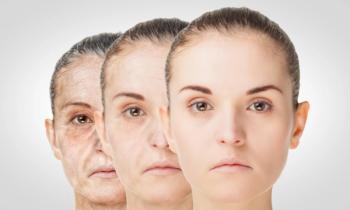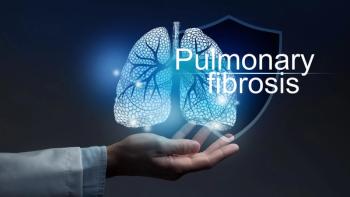
Abbott Forwards Project Using Process Analytical Technology
Interphex2007, New York, NY (Apr. 25)-One of the challenges facing pharmaceutical manufacturers is how to implement process analytical technology (PAT) into their commercial manufacturing processes. Michael Abad, engineering section manager, Abbott Laboratories shared insight from a project within Abbott in his presentation "Engineering for PAT" at Interphex today.
Interphex2007, New York, NY (Apr. 25, 2007)-One of the challenges facing pharmaceutical manufacturers is how to implement process analytical technology (PAT) into their commercial manufacturing processes. Michael Abad, engineering section manager, Abbott Laboratories (Abbott Park, II,
The project described by Abad involved implementation of near infrared (NIR) spectroscopy for in-situ determination of moisture in fluid-bed dryers at a solid-dosage manufacturing plant at Abbott. Before beginning the project, the company assessed the potential benefits and goal of the project.
Feasibility studies
The goal of the project was to determine product moisture content in situ to the drying process, a process that the company had been performing by off-line benchtop testing on gravimetric analyzers. Potential benefits of moving to a PAT-designed approach was to eliminate the need for this testing method, reducing drying times, improving yield, improving process understanding, identifying process-optimization opportunities, and creating the opportunity to introduce PAT applications for existing products.
Abbott first conducted engineering feasibility studies to evaluate using NIR spectroscopy to monitor the drying process in situ. In making that determination, several major issues were raised, said Abad. The company had to determine which NIR instrumentation worked best, the location for the instrument probe in the fluid-bed dryer, and the suitability of NIR for determining moisture content in situ to the process.
In the feasibility study, the company tested a dispersive spectrometer and a photodiode array spectrometer with the sample probe located at the fluid-bed dryer’s wall and bowl. The study showed that the best results were produced using a photodiode array system and locating the probe at the fluid-bed dryer’s bowl.
In developing the feasibility study, Abad added that the US Food and Drug Administration provides guidance for developing approaches using PAT (1) so that engineering studies may be conducted on commercial equipment.
Project implementation
In implementing the project on a commercial scale, Abad outlined several key user requirements:
• an ergonomic connection/disconnection of the instrument to the product bowl;
• integration of NIR control systems with the fluid-bed dryers’ control system;
• elimination of the risk of out-of-tolerance instrument that releases product to the next unit operation;
• flexibility to use the system for model development, evaluation, alternative instruments, and eventually feedback control while mitigating validation and regulatory risks.
Abbott eventually used the photodiode array NIR spectrometer in three fluid-bed dryers. Future enhancements under consideration are to use a moisture signal to terminate the drying process and to incorporate the moisture signal into control loops as a PAT application.
References
1. US Food and Drug Administration, “Guidance for Industry PAT-A Framework for Innovative Pharmaceutical Manufacturing and Quality Assurance,” (FDA, Rockville, MD, 2004,
Newsletter
Get the essential updates shaping the future of pharma manufacturing and compliance—subscribe today to Pharmaceutical Technology and never miss a breakthrough.





